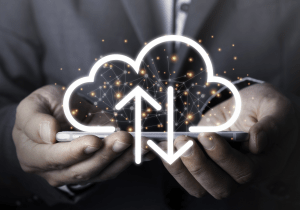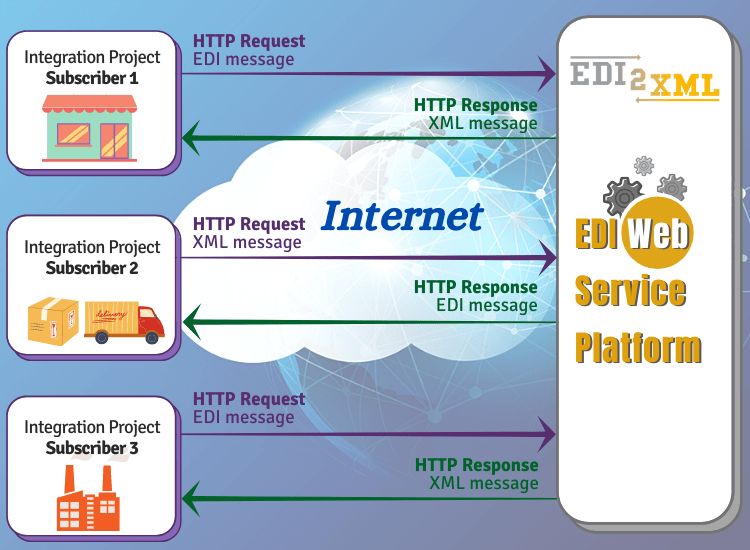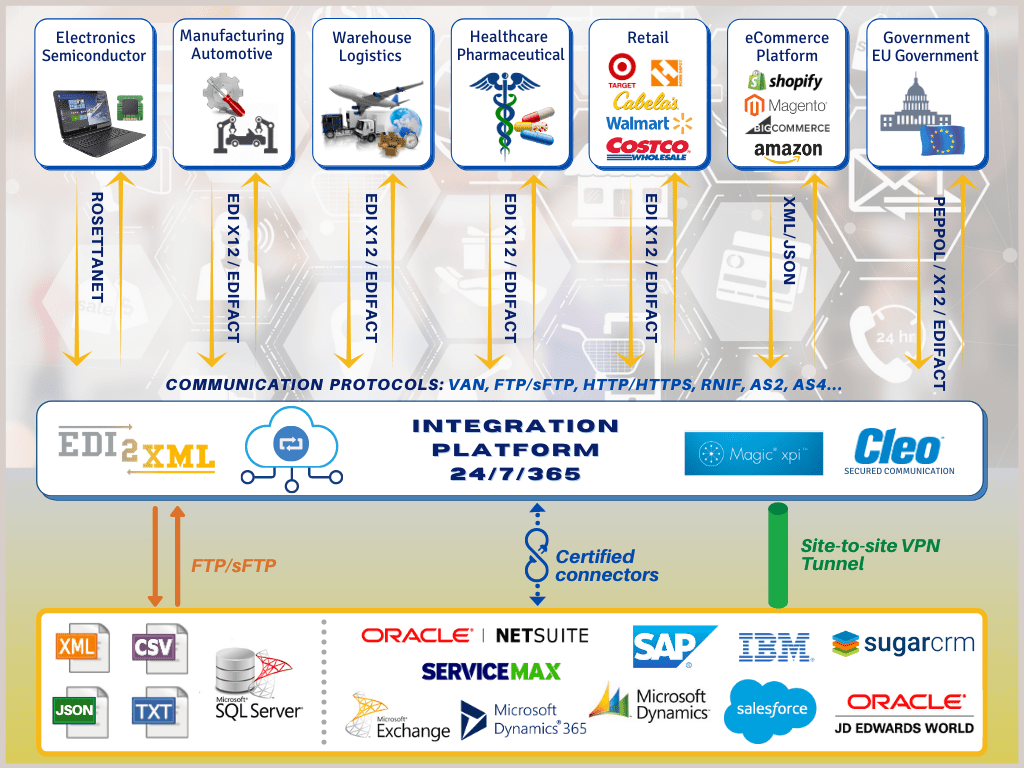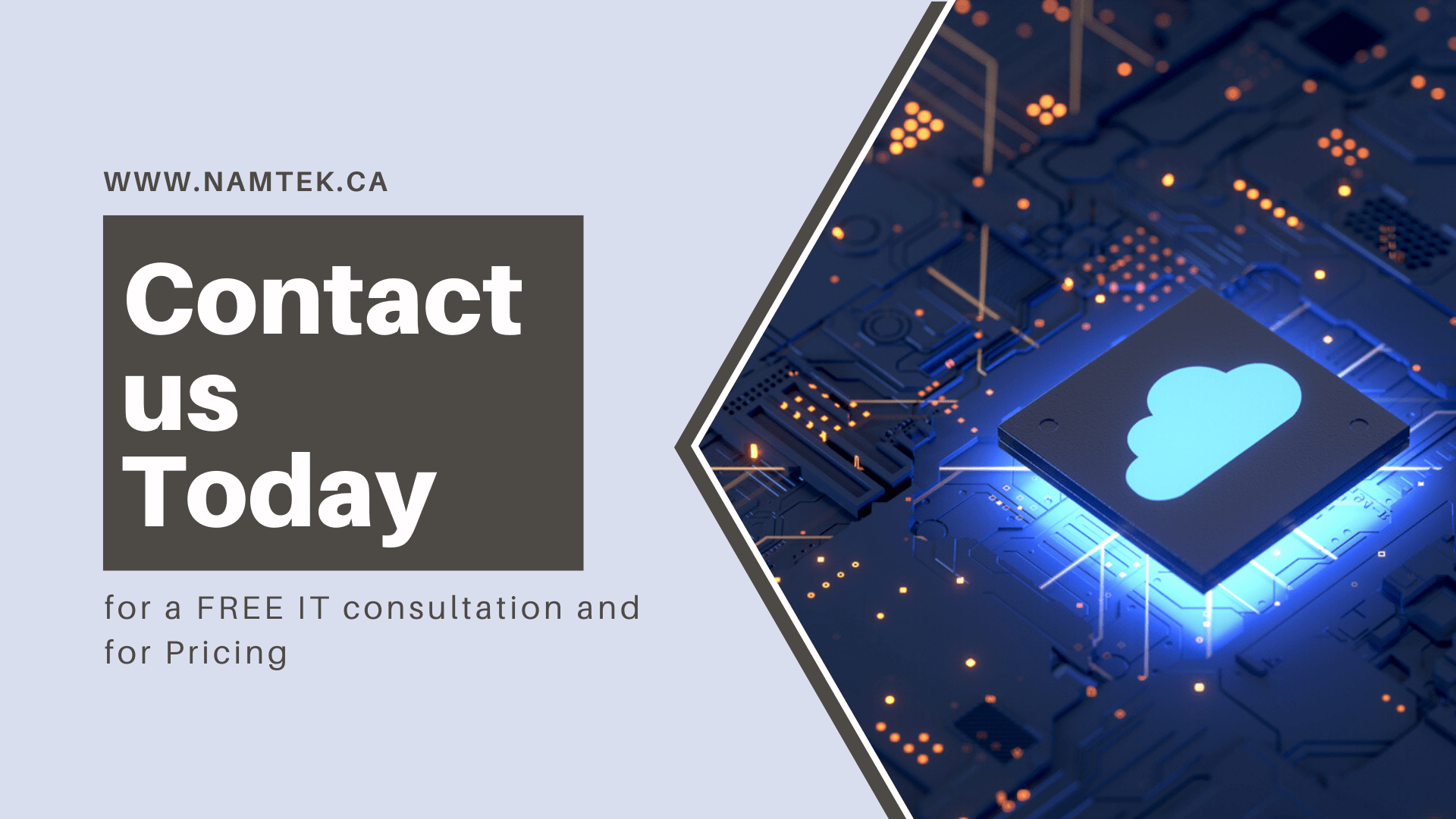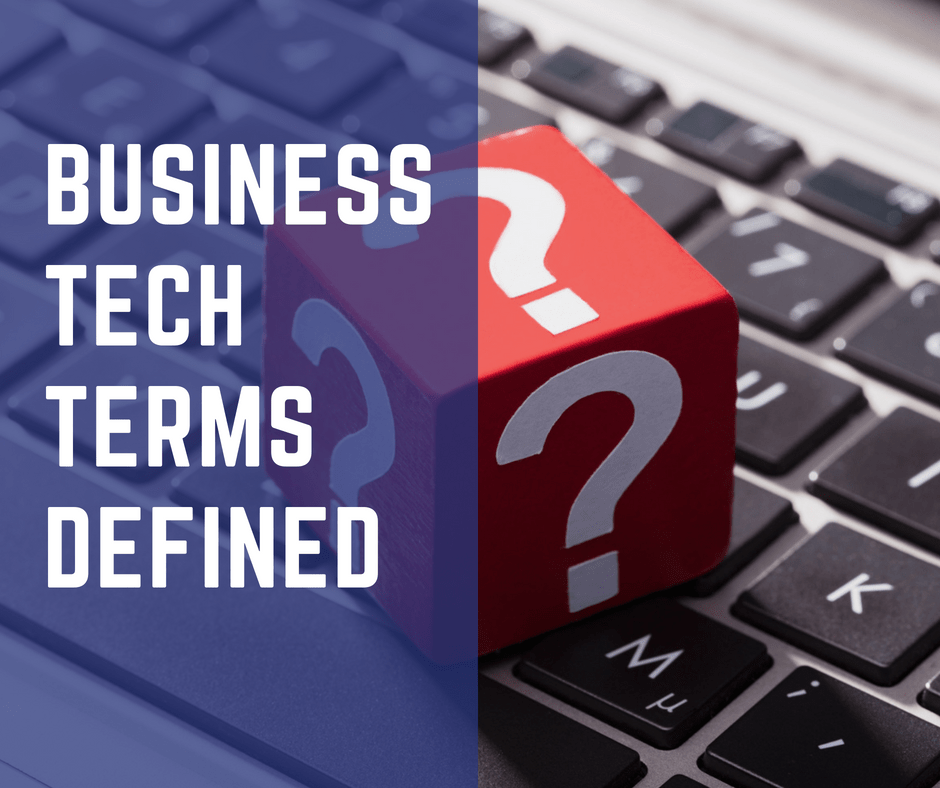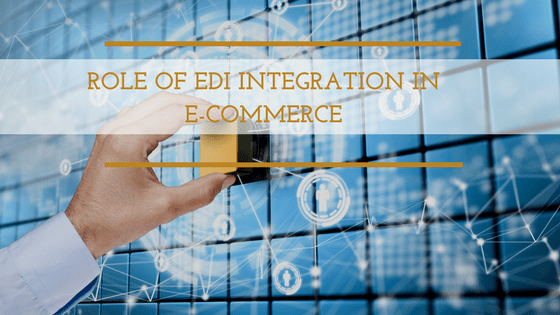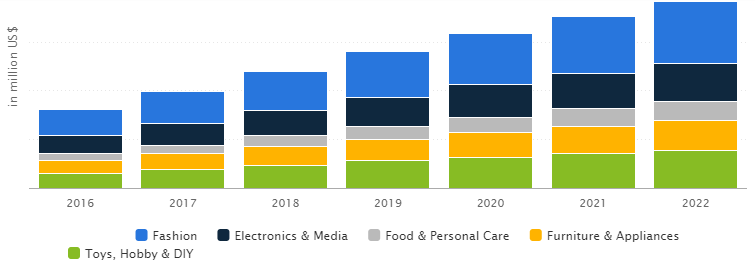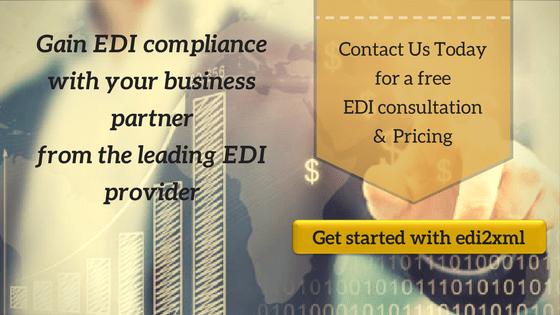For more than two decades, Namtek Consulting Services, a proudly Canadian IT company, has been helping small and medium-sized businesses (SMBs) simplify, integrate, and transform their operations through smart, reliable, and cost-effective technology solutions.
Headquartered in Laval, Quebec, we serve businesses across Canada and beyond, offering cutting-edge software integration, IT consulting, cloud services, and cybersecurity compliance solutions – tailored to each organization’s unique needs.
About Namtek Consulting Services – A Canadian IT Partner for SMBs
Founded in 2000 by software engineer and IT consultant Pierre Namroud, Namtek Consulting Services was born out of a simple vision: to make advanced business technologies accessible and affordable for SMBs. Since day one, we’ve believed in treating our clients as true partners—listening to their challenges, offering flexible solutions, and delivering long-term value.
Today, our team of experienced and passionate software engineers continues to carry out that mission, working side-by-side with business leaders to solve operational challenges, reduce manual work, and accelerate growth.
25 Years of IT Experience Supporting Small and Medium Businesses
A Proudly Canadian IT Company Based in Quebec
- Proven track record: 25 years of successful IT implementations across Canada.
- Full-service IT partner: From system integrations to cloud services, we cover all aspects of enterprise technology.
- Tailored solutions: We customize each solution to fit your unique business needs and budget.
- Bilingual support: Fully bilingual (English & French) team ready to serve you in your preferred language.
Our Core IT Services – Built for Canadian SMB Success
At Namtek Consulting Services, we offer a full suite of IT services designed to help Canadian small and medium-sized businesses operate smarter, faster, and more securely. From digital transformation to EDI integration and compliance management, our tailored solutions empower you to meet today’s challenges and scale for tomorrow’s growth.
1. End-to-End IT Project Management in Canada
With over two decades of experience, we manage your entire IT project lifecycle — from preparation and planning to implementation and user onboarding. Whether you’re launching a new system, integrating platforms, or automating processes, our experts ensure on-time delivery and smooth transitions.
2. Strategic Technology Consulting for Digital Growth
We help you make the right tech investments for long-term success. Our consultants conduct full IT audits, design optimization strategies, and implement the right solutions for:
- Cloud computing
- Systems integration
- Business intelligence (BI)
- Digital transformation
- Electronic Data Interchange (EDI)
We offer both short-term targeted solutions (e.g., EDI integration, automation) and long-term strategic planning to guide your tech roadmap.
3. Compliance Services for Canadian & Global Regulations
Stay secure and audit-ready without draining internal resources. Our Compliance Services are designed for companies that need to meet complex cybersecurity and regulatory requirements, including SOC 2, ISO 27001, HIPAA, GDPR, and many more.
We offer two flexible models:
- Fully Managed Compliance (SOC 2, ISO, HIPAA, GDPR) – We act as your external Chief Compliance Officer (CCO), handling everything from documentation to monitoring.
- Self-Serve Compliance Platform for SMBs – Use our cloud-based platform to manage compliance internally, with tools to streamline audits and collect evidence efficiently.
With support for over 35 frameworks, our compliance platform is automated, cross-mapped, and built for fast, reliable, and scalable compliance management.
4. EDI & B2B Integration Solutions for Seamless Trade
We are leaders in EDI implementation in Canada, offering seamless B2B integration services that connect your business with partners, suppliers, and marketplaces. Our solutions reduce manual data entry, eliminate errors, and automate document exchanges — saving you time and money.
Our team supports major standards like X12, EDIFACT, and we can integrate EDI with SAP, Oracle, Shopify, Amazon, and more.
5. Custom Software Development for Modern SMB Needs
Need a unique system tailored to your business model? Our team designs and develops easy-to-use, flexible, and scalable management software to help you control and optimize operations, from inventory to customer service.
We believe that even small businesses should have access to powerful and modern systems to compete and grow in today’s digital world.
6. Grants Management Software for Government, Nonprofits, and Research in Canada
Managing grants can be complex and time-consuming. That’s why Namtek Consulting Services offers a powerful, user-friendly Grants Management Software solution to help government agencies, nonprofits, educational institutions, and research organizations across Canada streamline the entire grant lifecycle. From application tracking to compliance reporting, our scalable platform simplifies processes, boosts transparency, and ensures accountability no matter your sector or size.
Real Business Impact for Canadian SMBs
By partnering with Namtek Consulting Services, our clients have achieved:
- Reduced operating and labor costs
- Increased operational efficiency and profitability
- Simplified and automated business processes
- Strengthened data security and regulatory compliance
- Faster adaptation to changing business environments
- Seamless integration with business partners and systems
Why Partner with Namtek for Your Digital Future
Whether you need EDI integration, compliance services, or IT consulting for digital transformation, Namtek is your strategic partner. We bring:
- A collaborative mindset
- Deep technical knowledge
- Hands-on experience with complex IT environments
- A personalized approach to every client
- Tools and strategies designed to grow with you
We don’t just solve problems — we guide you toward smarter, leaner, and more efficient operations.
Ready to Transform Your Business? Contact Us Today
Don’t let outdated systems, compliance challenges, or manual processes hold your business back. Partner with Namtek Consulting Services and embrace the future of business technology with confidence.
Contact us today to learn how our team can help transform your business through tailored IT solutions, strategic consulting, and next-gen digital tools.





